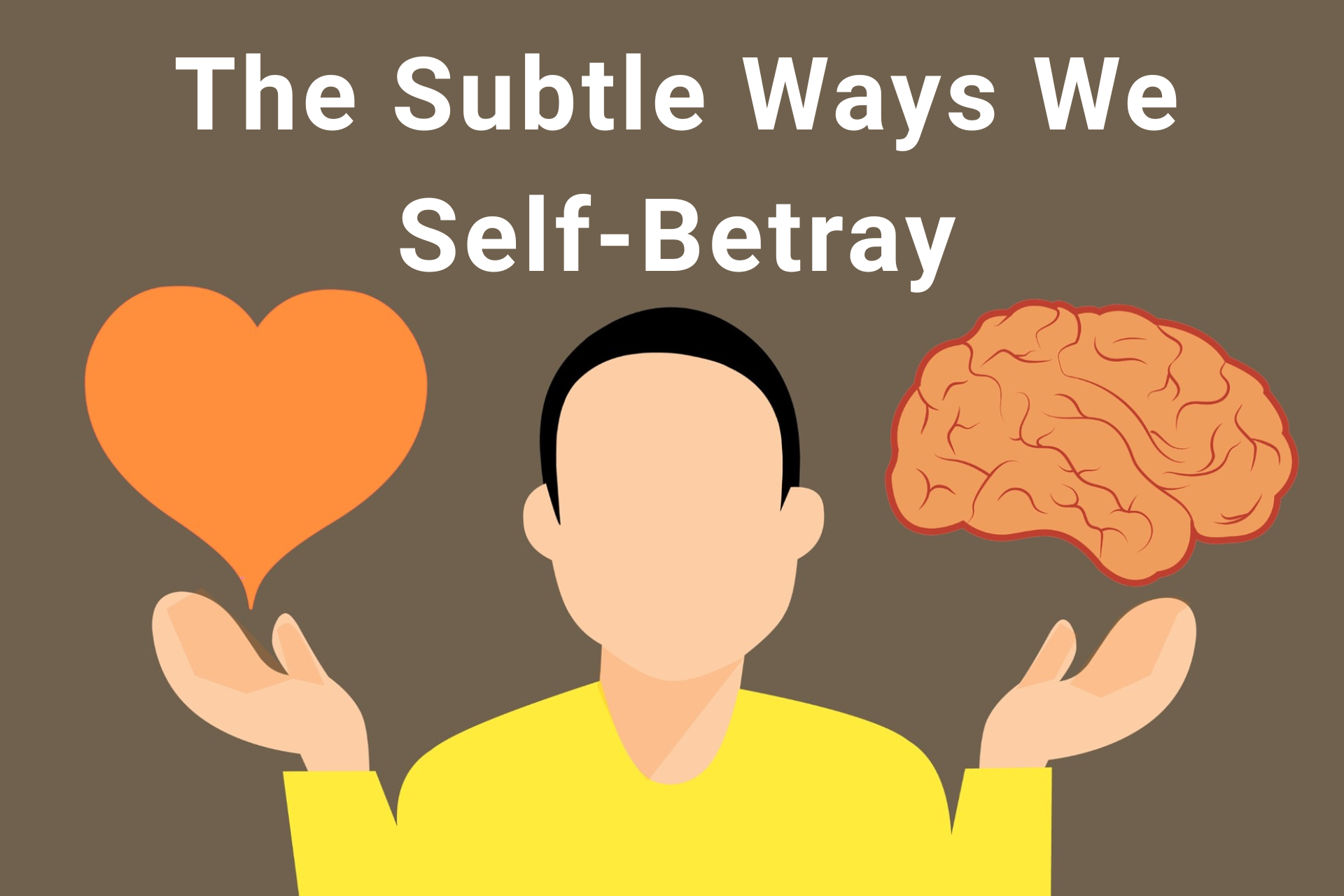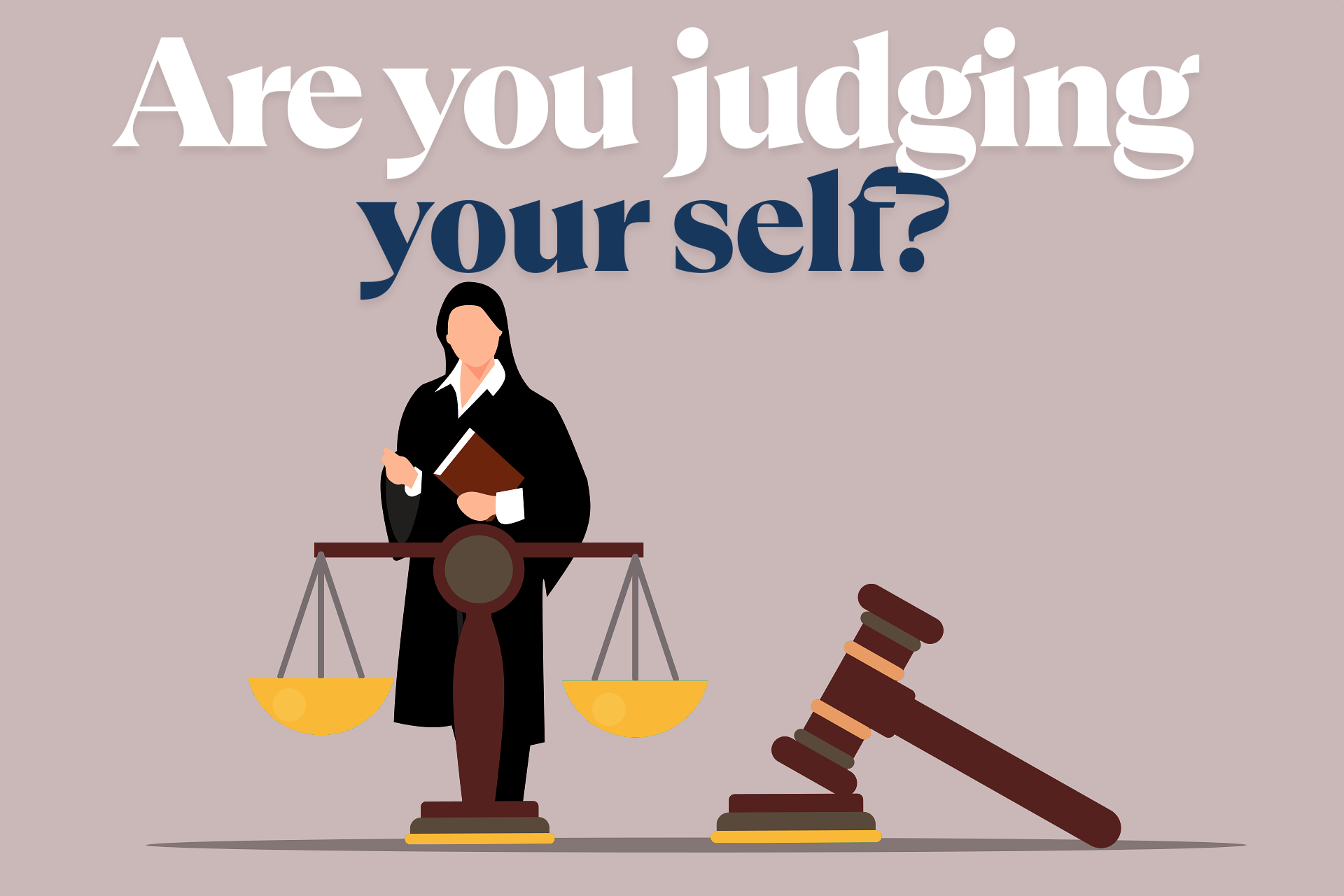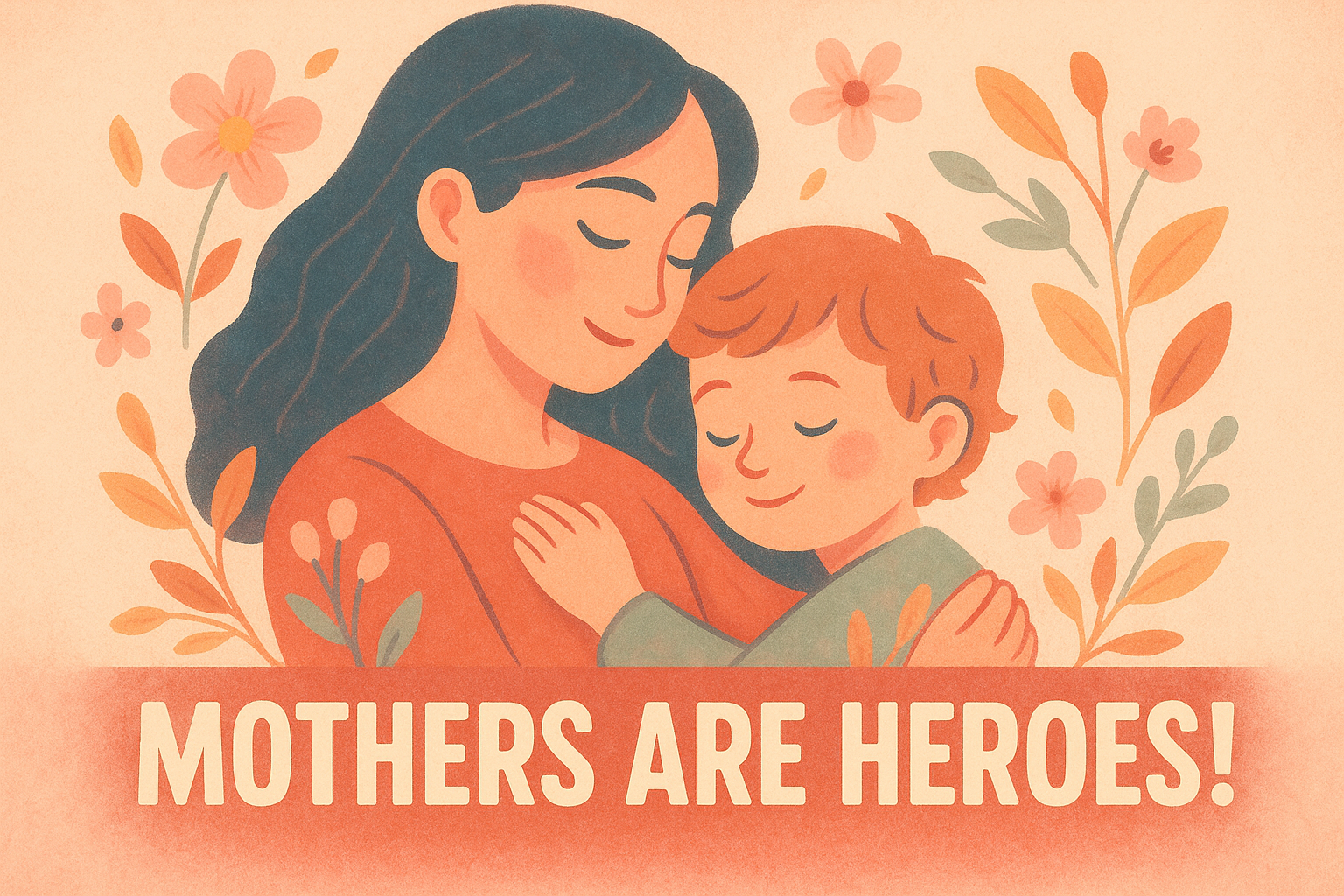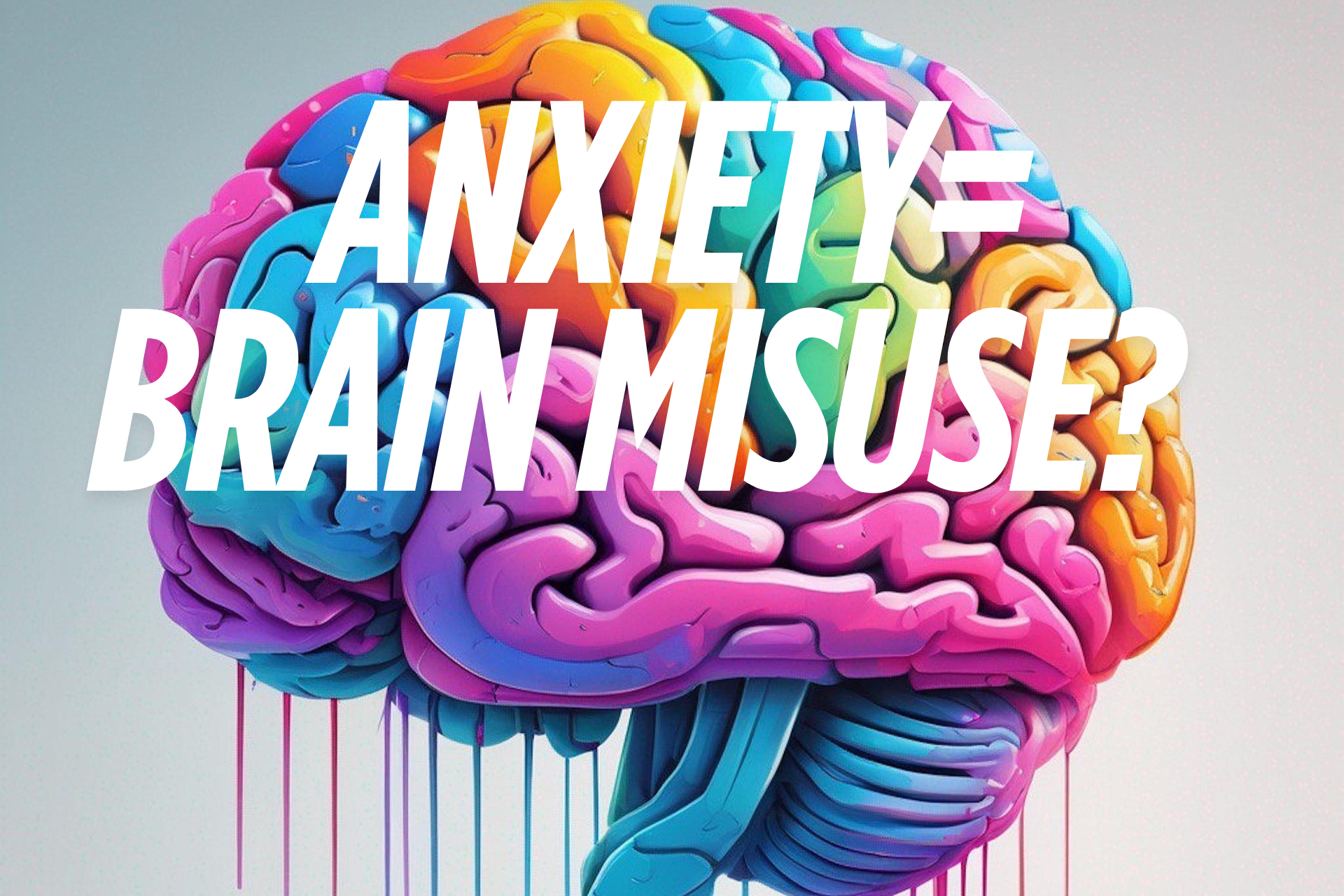
What are some of the ways we turn away and betray ourselves? Often, they’re subtle—so subtle that they creep in quietly and accumulate over time. These self-betrayals are frequently shaped by the beliefs we carry about ourselves and the world around us.
The idea for this blog came to me after a recent, very ordinary experience: I had a session with my own therapist. Yes, therapists go to therapy too! In fact, it’s a good sign when your therapist sees someone—it means they’re actively working on their growth, and another professional helps catch emotional blind spots that are hard to see on your own.
But I digress.
After a deep and emotionally intense session, I initially felt energized. A couple of hours later, however, I started feeling extremely sleepy—barely able to keep my eyes open. I noticed the sensation, but my immediate thought was: “I’ve got to push through this. It’s just an afternoon slump. I have things to do—I can’t be lying on the couch.”
So, I pushed. I got in the car and headed to a café to work, even though I felt awful—sleepy and sluggish. Another thought popped in: “I’ll get something sweet. A little sugar will perk me up.”
As I drove, I began reflecting: Why did I ignore such a clear signal from my body?
Here I am, making videos and writing about self-attunement—tuning in to and truly hearing oneself—and yet I bypassed a strong message from my own body.
I was not attuning to myself.
What I believe happened is that one of my internal belief systems overrode self-attunement. These belief systems often operate outside our conscious awareness—automatic, rigid, and deeply ingrained.
In my case, the belief was: “Taking a break—like napping or just lying down for 10 minutes—is unproductive or lazy.”
Do I consciously believe that? Of course not. I’m fully aware of all the research that shows how a short nap, brief meditation, or even closing your eyes for 10 minutes can recharge your system and actually increase productivity.
But the belief wasn’t conscious. It was acting in the background, dictating my behaviour. I realized this while driving to the café, running on autopilot in the name of being “productive.”
Once I got to the parking lot, I decided to listen to my body instead. I stayed in the car and rested with my eyes closed for 10 minutes. That simple moment sparked deeper reflection:
- How often do we betray ourselves like this during the day?
- What beliefs drive these micro-betrayals?
- And when we do this, how often do we compensate by turning to food, shopping, alcohol, or even lashing out?

Here are a few more examples of subtle self-betrayal. See if any feel familiar:
- Saying “Yes” or “Whatever you prefer” when you actually have a preference, but you’re afraid to speak up for fear of upsetting someone. A part of you may believe: “Being fully myself isn’t safe.”
- Taking on more work or more clients because you feel: “I’m bad if I say no. No is only for when I’m deathly ill.”
- Saying “I’ll just do it myself—it’s easier,” which may really mean: “I don’t deserve to ask for help or receive support.”
- Doing things out of guilt, because “If I don’t prioritize others, it means I don’t love or care about them.”
These are just a few examples, but there are many others.
Every time we give in to these unconscious beliefs, we send ourselves a message: “I don’t matter as much. I’m not to be honoured.”
So how do we shift this?
1. The first step is awareness. I invite you to write down a few beliefs that resonate with you—perhaps from the list above, or your own. If you’re unsure whether a belief is helpful or harmful, ask yourself:
“Would I want a loved one—my child, my partner, my best friend—to hold this belief and live by it?”
If your answer is no, then you’ve likely uncovered a maladaptive belief.
Once you’ve written your list, you’ve already started bringing the unconscious into conscious awareness. This won’t automatically stop the belief from influencing your behaviour, but now you’ll be more likely to notice when it shows up.
2. Then, gently reflect:
“What would I like to do instead?”
Visualize yourself doing that. Really see it in your mind as if it’s happening. Replay the new response a few times in your imagination. This is how we start forming new neural connections—so that next time, you’re more primed to respond differently.
3. You may need to repeat this reflection and visualization a few times before it becomes part of a new, lived experience. But each small shift is a powerful act of self-honouring.
Remember:
Self-attunement is a practice, not a destination. The more often you pause, listen, and respond with care to your own needs, the more empowered and emotionally grounded you’ll feel in your everyday life.
I am here to help you thrive in every relationship – starting with yourself.
Viktoria







